Biggest medical breakthroughs made in Victoria in past 30 years
Melbourne has been home to some of the world’s biggest health breakthroughs, scientific minds and champion battlers including the separation of conjoined twins Nima and Dawa. Here are 30 of the best.
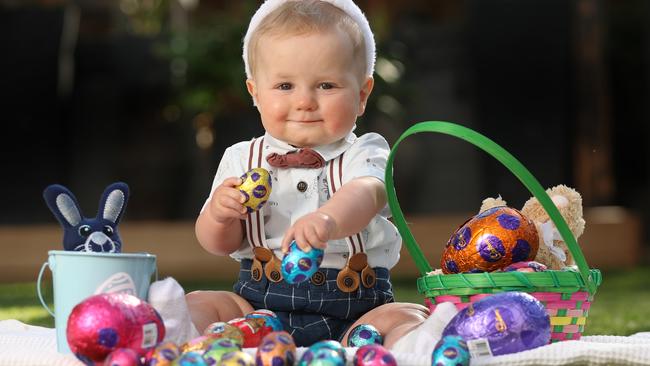
Victoria
Don't miss out on the headlines from Victoria. Followed categories will be added to My News.
2020 – COVID-19 CRUSADERS
AS scientists and public health officials across the globe race to overcome the COVID-19 pandemic, Doherty Institute scientists are the first in the world to successfully grow the novel coronavirus from a patient sample. By providing their findings to the world the cut months off the time needed to fast track vaccine development programs, including Australian efforts led by the University to Queensland.
2020 – RCH CELEBRATES MILESTONES
As the iconic Royal Children’s Hospital celebrates its 150th birthday, it continues to receive overwhelming support from the community it serves. The annual Good Friday Appeal raises a record $18.2m to help sick kids, despite Victorians bearding the brunt of the COVID-19 pandemic.
2018 – NIMA AND DAWA
BORN joined together in one of the most isolated places on the planet, hopes were fading for tiny Nima and Dawa – until Melbourne stepped up to offer them love and a shot at separate lives.
Nine years after combining to save conjoined Bangladeshi twins Trishna and Krishna, the specialist skills of Children First Foundation humanitarians and Royal Children’s Hospital surgeons again came together to rescue the Bhutanese sisters.
Joined at the front of their bodies – as though they were looking into a mirror – Nima and Dawa Peldoen were hidden away from the world in a hospital bed at the top of the Himalaya’s with little medical help.
With few options Bhutan’s only paediatric surgeon Karma Sherbub called an Australian friend who in turn contacted CFF, which began an 11-month quest to gain information and overcome red-tape to get the girls to Australia.
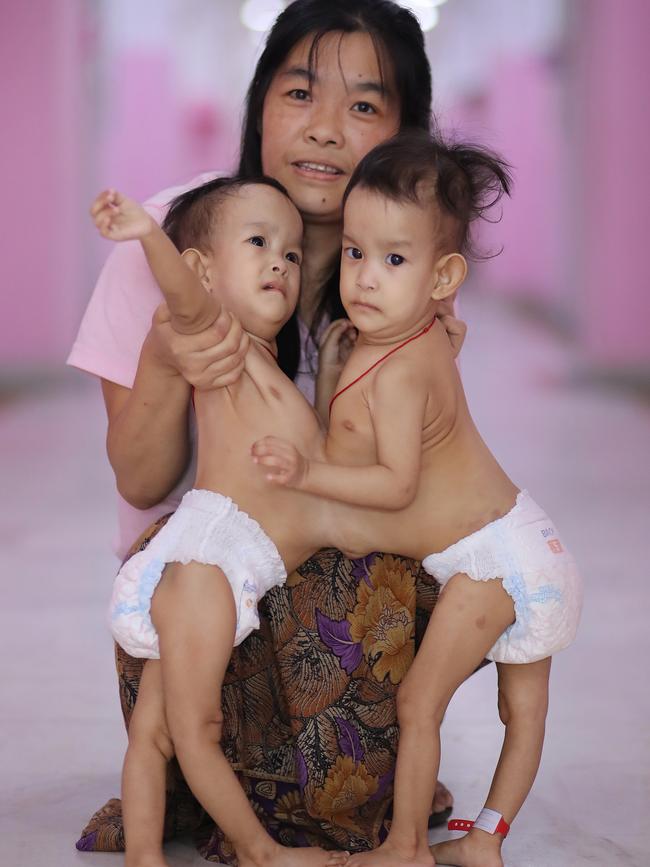
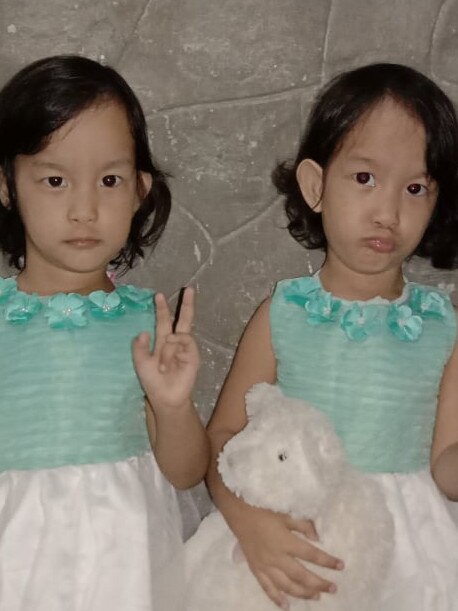
Although a single “rudimentary scan” had to form the basis of their plans, leading surgeons from the RCH decided they could try a separation and the twins finally arrived in Melbourne in October 2018.
With their health deteriorating the first attempt to separate Nima and Dawa had to be abandoned until they could become stronger.
But, on November 10, months of planning resulted in a seamless operation with more than 25 specialists first separating the sister’s abdomen, organs and finally reconstructing the 15 month olds’ individual bodies.
Almost as remarkable as the surgeons’ skills was the outpouring of love from Australians.
Led by a Herald Sun campaign, the community contributed hundreds of thousands of dollars for Nima and Dawa’s treatment, while the Victorian Government paid for the groundbreaking surgery.
It is a gift Nima and Dawa’s mother Bhumchu Zangmo is thankful for every day as she sees her girls growing perfectly back home in Bhutan, sharing their remarkable journey with dozens of Australian friends.
“Nothing makes me happier than to see my girls coming this far when a few years ago I wasn’t even sure that they would reach this,” she said.
Now three and in perfect health, Nima and Dawa require almost no ongoing medical care, but are a handful to care for.
“When I take them outside they are happy but, if not (outside) they are naughty to death,” Bhumchu joked.
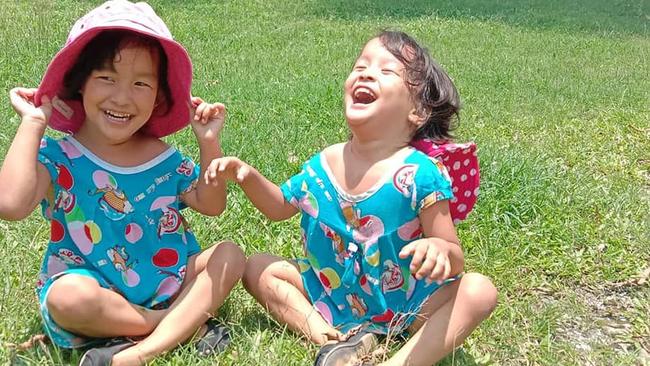
2017 – FITBIT FOR THE BRAIN
Teams of researchers from St Vincent’s Hospital and the Bionics Institute develop a world-first “Fitbit for the brain.” The implantable device was developed to monitor epileptic seizures and warn patients of impending episodes in the hours and days ahead.
2017 – PEANUT ALLERGY BREAKTHROUGH
AFTER years of treating children with allergies, Professor Mimi Tang was struck by the idea that something more had to be done.
An allergies expert at the Murdoch Children’s Research Institute (MCRI) and Royal Children’s Hospital, Prof Tang wanted to find a way to help children, and their families, and allow them to live with the diagnosis without fretting about what they ate.
This led her to trial a peanut probiotic treatment in the hope children would build up a tolerance, overcome the reaction and stop deadly reactions.
The randomised study saw children with peanut allergies given controlled doses of the nut and a probiotic — or a placebo — everyday for 18 months.
Four years later, the results spoke for themselves with about two thirds of children still able to eat the nuts.
”The majority of the kids that had responded were still eating peanut freely in their diet and only very few had had reactions,” Prof Tang said.
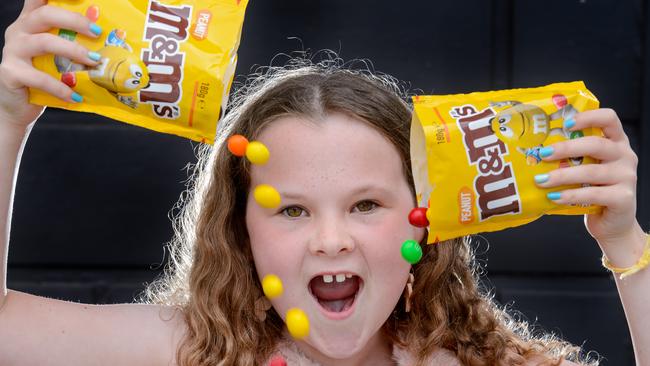
“The really meaningful achievement is that it gives children the freedom to choose whether or not they want to eat peanut … and that to me frees them.”
The trial was hailed breakthrough and could pave the way for a new treatment that frees children from the burden of living with allergies — both for peanut and other foods.
“Looking back, I feel it’s a profound achievement to have helped some children with peanut allergies be able to eat freely … and to know those children who came out of the study eating peanuts had incredible improvements in their quality of life,” Prof Tang said.
Ruby Ashton, 11, took part in the study after being diagnosed with nut allergies at age three.
The Melbourne youngster now enjoys eating peanut M & M’s with her dad — a treat mum Donna says is a “big relief.”
“It’s so awesome that when we go out, we’re never worried about if she was exposed to a bit of peanuts – (we know) she’d be OK,” Ms Ashton said.
“She can go down to the shop and chose something herself with her friends … (or) travel to places like Asia when she’s older.
“I cant speak highly enough of the study and I think for Ruby, she’s grown into a really independent kid.”
2016 – ROUGHY’S SURVIVAL
HAWTHORN captain Jarryd Roughead inspiring victory over melanoma showed the power of his determination as well as the emergence of a new immunotherapy frontier against cancer. A skin cancer removed from Roughead’s lip in 2015 was found to have returned in the form of four cancerous spots in lungs in May 2016. In a dire situation, Peter MacCallum Cancer Centre specialists turned to new immunotherapy drugs but, after just three rounds of treatment the side effects became too dangerous and he had to abandon treatment. Then, against all expectations, scans seven months later revealed even the short burst of treatment had been enough to convince the full forward’s body to fight off the cancer completely.
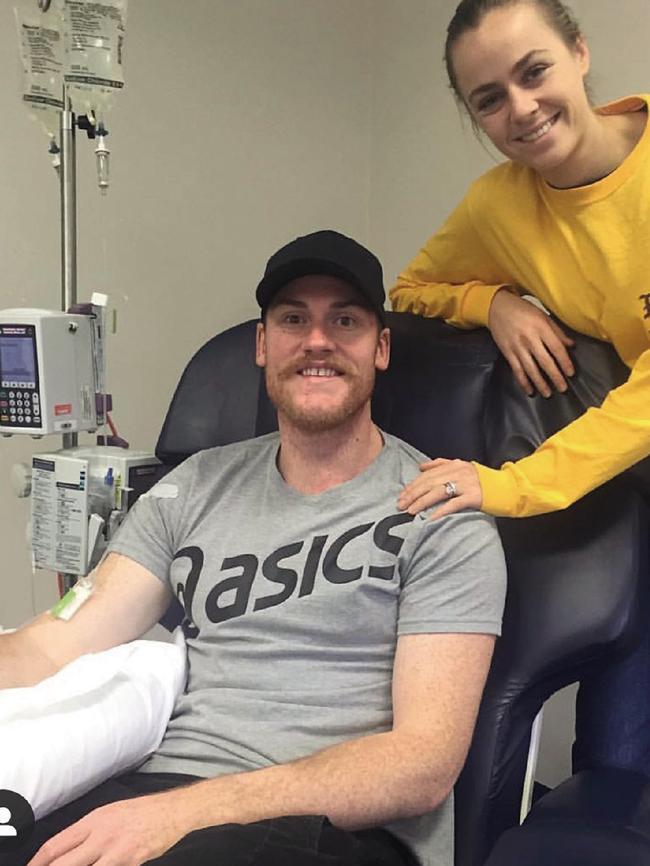
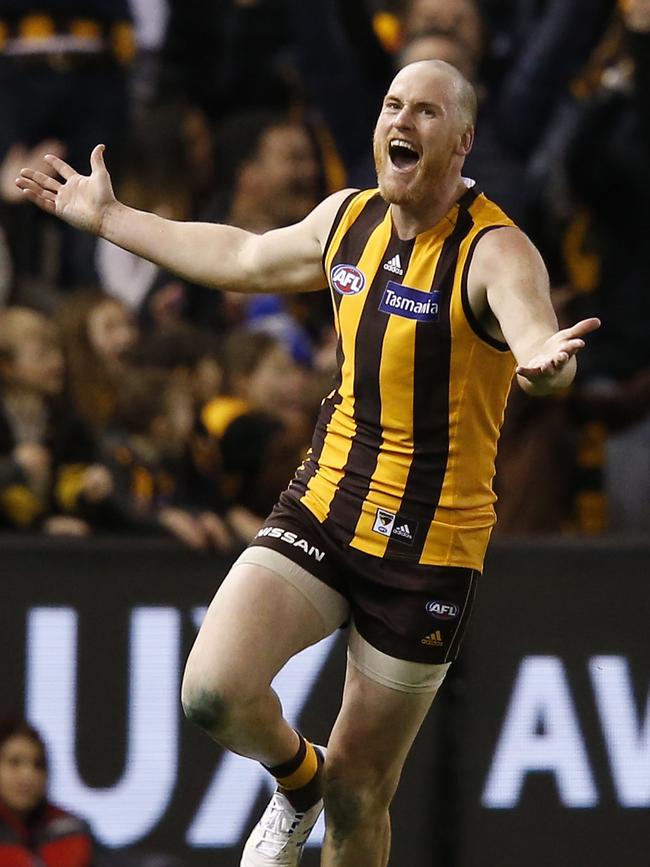
2015 – MELTING AWAY CANCER
WHEN a handful of Melbourne cancer patients became the first in the world offered a shot of an experimental new drug in 2015 doctors were soon stunned.
Their cancer seemed to simply melt away.
Decades of work led by Walter and Eliza Hall Institute scientists crystallised, some previously incurable patients were saved and the world had a glimpse of the drug about to turn cancer treatment on its head – Venetoclax.
In the late 1980s WEHI scientists had discovered a protein called BCL-2 which helps cancer cells survive indefinitely, sending labs around the globe racing to find a way to target BCL-2 and switch it off as a treatment.
But it was the Melbourne’s institute’s own researchers – in collaboration with US pharmaceutical companies AbbVie and Genentech – who came up with the answer, paving the way for a series of groundbreaking trials beginning in 2015 at Peter MacCallum Cancer Centre and Royal Melbourne Hospital.
After 16 weeks doctors could no longer find any traces of cancer in patients with an advanced form of leukaemia, for whom conventional treatment options had been exhausted.

By the end of 2016 the Melbourne breakthrough’s impact was so immediate venetoclax was already approved for use in the United States and European Union and, in January 2017, the Australian Therapeutic Goods Administration made it available for chronic lymphocytic leukaemia patients.
Since then the WEHI discovery has been approved for use in patients with acute myeloid leukaemia, while research suggests that venetoclax can also kill other types of cancer – leading to more than 200 trials continuing around the world.
For researchers including Professor Andrew Roberts, who helped lead the Australian trials, the success is measured in lives saved.
“Many thousands of patients across the world have already benefited from this groundbreaking treatment,” Prof Roberts said.
“The most rewarding aspect for WEHI researchers is seeing how some patients have had their outlooks improved by having this drug available.”
Having battled chronic lymphocytic leukaemia since 2000, Robert Richards, now 65, was placed on groundbreaking Murano trial – only to find he was part of the control group who continued standard chemotherapy.
Unfortunately the cancer returned within two years – but Mr Roberts was allowed back into the trial, this time receiving the wonder drug.
“It’s great – I’ve not had one day of illness since I started,” Mr Roberts said.
“It even surprised Andrew when they started the trial on patients … it just meted the cancer away in hours – I don’t mind being a guinea pig.”
2015 – DRUG SUCCESSFULLY HELPS KIDS WITH DWARFISM
The Murdoch Children’s Research Institute (MCRI) successfully trials a new wonder drug – called Vosoritide – to help children with dwarfism grow taller. The international trial, led by Professor Ravi Savarirayan, began in 2012 and aimed to prevent children with achondroplasia from medical complications. A further study, which was published in 2019, found the drug helped children grow between 4 and 6cm.
2014 – SIX-WAY KIDNEY SWAP
A dozen Victorians go under the knife in Australia’s largest live kidney donation and transplant swap. Twelve operations are conducted to remove and transplant the organs across four major Melbourne hospitals. The incredible milestone was made possible by the state’s first altruistic donor, who gave a kidney up to a stranger.
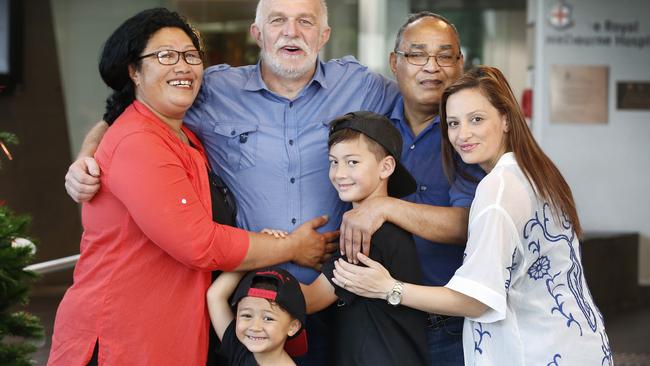
2014 – HEARTS KEPT ALIVE OUTSIDE THE BODY
Nine human hearts kept “alive” outside the body for up to 12 hours thanks to an ingenious Melbourne-made invention. The device, developed by researchers at the Alfred hospital, cools and preserves donor hearts and keeps them viable for longer, meaning they can be transported vast distances.
2014 – FIGHT MND CAMPAIGN FOUNDED
Football legend Neale Daniher starts the Fight MND campaign after being diagnosed with the disease in 2013. The organisation pledges to help raise money and fund research to fight “The Beast.”
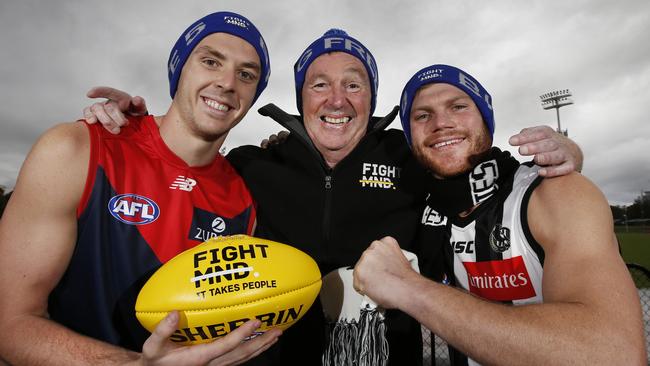
2014 – YOUNGEST HEART SURGERY PATIENT
Teams at the RCH perform heart surgery on the world’s youngest patient, 10-month-old Arielle.
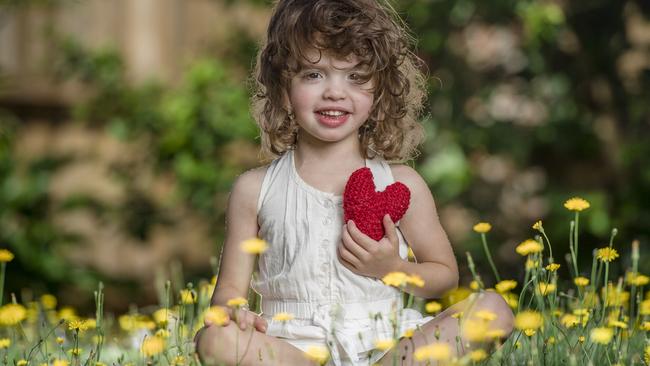
2013 – HIV’S HIDING PLACE
A major breakthrough in the search for a cure to AIDS, Prof Sharon Lewin leads a team The Alfred hospital in uncovering HIV’s genetic hiding place. The Alfred scientists also identify a highly toxic cancer drug able to “wake up” HIV so that it came out of hiding where it may be targeted by other drugs in development around the world.
2013 – BABIES BORN VIA ABDOMINAL WALL GRAFTING
Twin girls are born via abdominal wall grafting in a world-first procedure by Melbourne IVF and The Royal Women’s Hospital. Their mum became pregnant seven years after her ovaries were removed during cancer treatment. Fragments of the women’s ovarian tissue were stimulated to produce eggs that were then fertilised through IVF.
2011 – RON WALKER
When access to an experimental new class of drug offered Ron Walker a reprieve from melanoma, he was determined others should also benefit. As one of Australia’s biggest movers and shakers, he lobbied everyone from Prime Ministers to pharmaceutical companies to have the rug Keytruda and other emerging immunotherapies approved for all.
2011 – FIRST HAND TRANSPLANT
After years of preparation, a landmark nine-hour operation at St Vincent’s Hospital saw Cobden grandfather Peter Walsh, 65, becoming the first Australian to receive a hand transplant. A week after the pioneering surgery the dairy farmer was already wriggling his thumb, though he faced an extensive program or rehabilitation to learn to use his new hands.
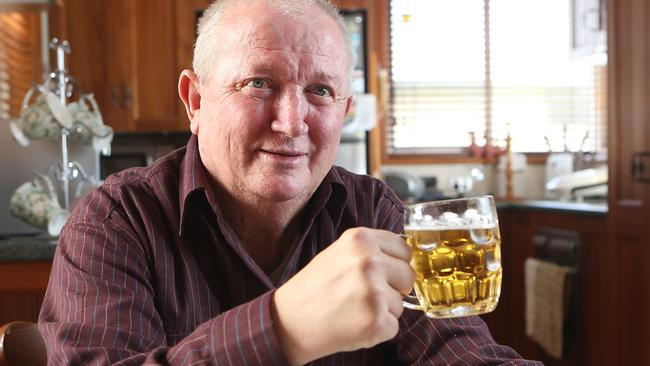
2009 – TRISHNA AND KRISHNA
Conjoined twins Krishna and Trishna are successfully separated in a mammoth 32 hour surgery at the Royal Children’s Hospital (RCH). At the time Head of Surgery, Leo Donnan said: “The moment of separation was a rather surreal moment. It was a relief. The main thing is that the girls are healthy, which is the main indication that things are going the right way.”

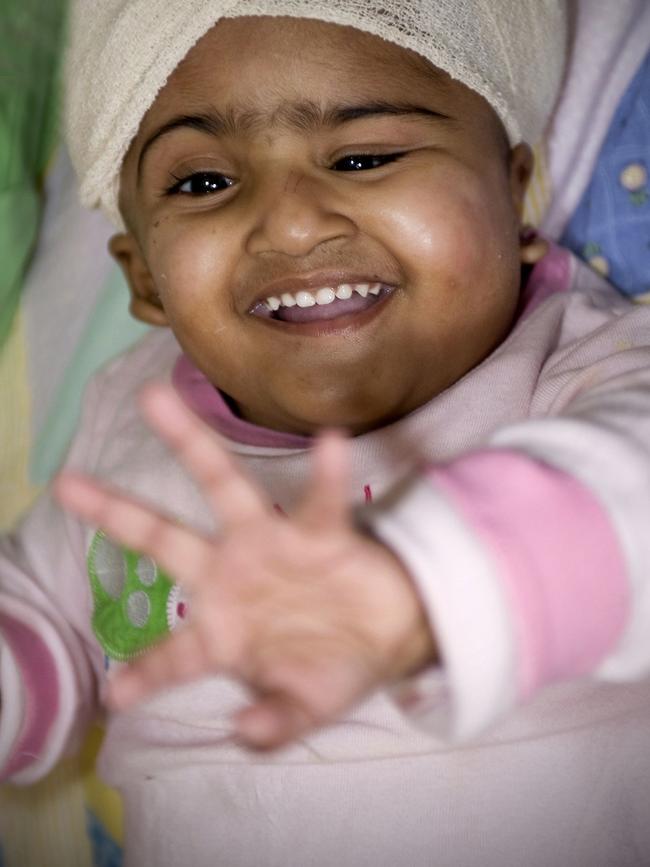
2007 – SUPER TWINS
Brothers Flynn and Jaxon are born healthy after groundbreaking surgery inside their mother Megan Duggan’s womb months earlier. Suffering a condition known as twin-to-twin syndrome, the boys had only a one in 10 chance of surviving to birth without the radical Victorian-first operation that paved the way for others to be save before birth.
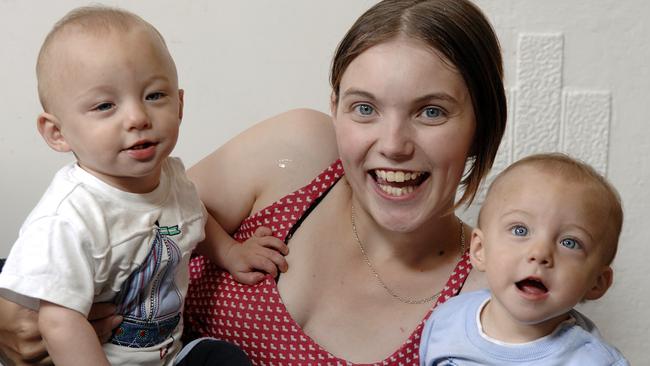
2007 – CLARE OLIVER’S CAMPAIGN
Despite knowing she would soon die, Clare Oliver, 26, uses her final weeks to campaign from her hospital bed against the use of solariums – which were responsible for her skin melanoma. Her heartbreaking plea with her final breaths made the Victoria listen – and then the nation – leading to bans on sunbeds to save others.
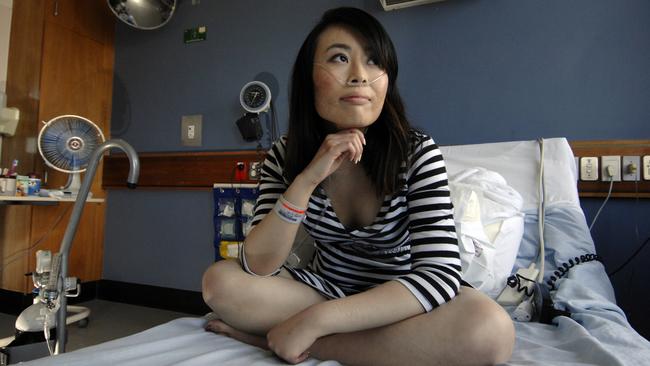
2006 – TYLER FISHLOCK’S BATTLE
His fight against rare genetic cancer retinoblastoma cost Tyler Fishlock both is eyes, but earns him the love of an entire state. When Royal Children’s Hospital surgeons had no choice but to remove the Richmond supporter’s second eye to save his life, an outpouring of support flowed for Tyler and his family which has followed him ever since.
2006 – MELBOURNE’S BEATING HEART
Scientists at Bernard O’Brien Institute of Microsurgery grow beating heart tissue in rats. Able to beat spontaneously with its own rhythm, the world-first breakthrough offers hope the technique can eventually be used to repair heart attack damage and other life-threatening ailments.
2002 – BURNS UNIT HELPS BALI BOMBINGS VICTIMS
The Alfred Hospital’s Burns Unit treats six critically-ill victims flown in after the Bali bombings, including North Melbourne footballer Jason McCartney. After months in hospital, McCartney makes a miraculous recovery and goes on to play one final AFL game.
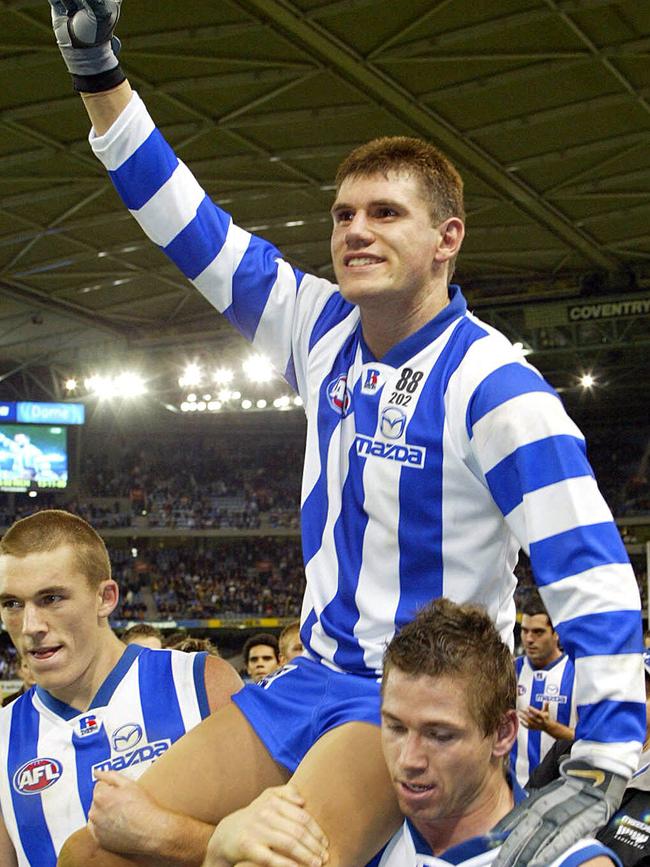
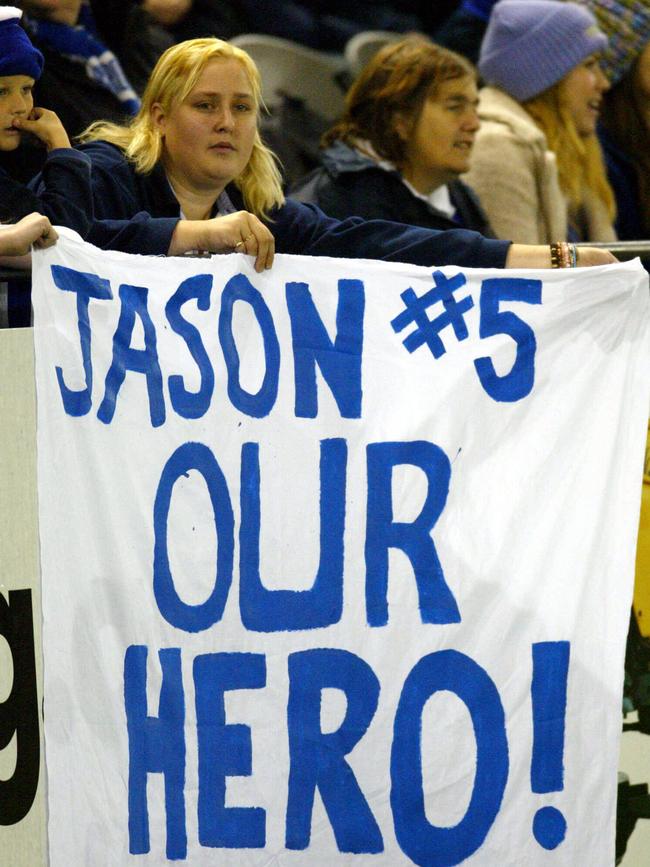
1999 – FIRST FLU DRUG
The world’s first flu drug, Relenza, is approved for use in Australia and overseas. Developed by scientists at Monash University, the CSIRO and the Australian National University, and commercialised by spin-out company Biota, Relenza is the orally inhaled drug was the world’s first in a new generation treatments specific for the flu.
1998 – TAN LE
TAN Le, who came to Australia as a Vietnamese boat refugee, is named 1998 Young Australian of the Year for her service to the community. Despite early hardships, Ms Le goes on to become a leading Silicon Valley scientist and entrepreneur turning the brain waves of paralysed people into movement with the help of computers.
1996 – DOHERTY WINS NOBEL PRIZE
Professor Peter Doherty and colleague Rolf Zinkernagel, from Switzerland, win the Nobel prize for their work and discoveries about “killer” T cells and immunity. The groundbreaking research paved the way for a number of modern cancer treatments.
1996 – NEW CLASS OF HORMONES DISCOVERED
Researchers at the Royal Melbourne Hospital Bone Marrow Research Laboratories discover a new class of hormones responsible for breast cancer growth, allowing research to begin on preventive treatments
1995 – YOUNGEST LIVER TRANSPLANT
Doctors at the Royal Children’s Hospital perform their first liver transplant on 10-month-old Jordyn Griffin, who at the time was the youngest patient in Australia to receive a new liver.
1992 – INSPIRING OLIVIA
Australian sweetheart Olivia Newton John reveals she has breast cancer, raising the profile of the disease and helping thousands of women to have themselves diagnosed earlier. “Our Livie” goes on to build the Olivia Newton-John Cancer Wellness & Research Centre in Heidelberg, a $189 million hospital opened in 2012 to care for cancer patients in a holistic way. In 2017, Newton John announced a second battle with cancer.

1990 – STROKE OF GENIUS
Victoria’s first dedicated Stroke Unit established at Royal Melbourne Hospital. The state-of-the-art unit, which is now world renowned, gives better and more specialised care to stroke patients in Melbourne and wider Victoria.
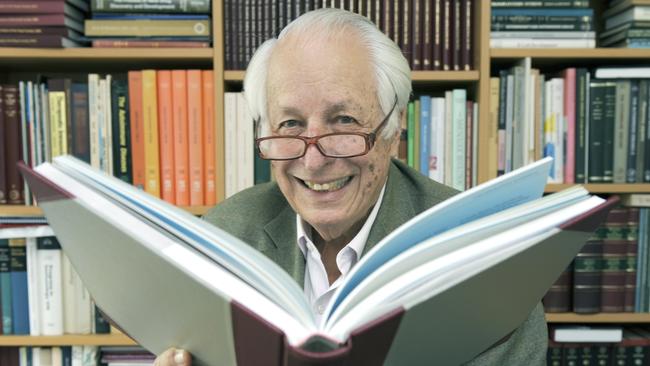
1990 – NOSSAL CROWNED
LEGENDARY Melbourne medical scientist Sir Gustav Nossal is awarded one of the world’s greatest scientific accolades – the Albert Einstein world award of science. Prof Nossal’s citation recognised his contributions to the study of immunologic tolerance, the key to successful organ transplants. The gong capped off a year full of recognition for the Walter and Eliza Hall Institute director, who also became the first Australian to be admitted to the French Academy of Sciences and to be inducted as an Emeritus Professor of the National Health and Medical Research Council of France.
OTHER 30TH BIRTHDAY STORIES:
